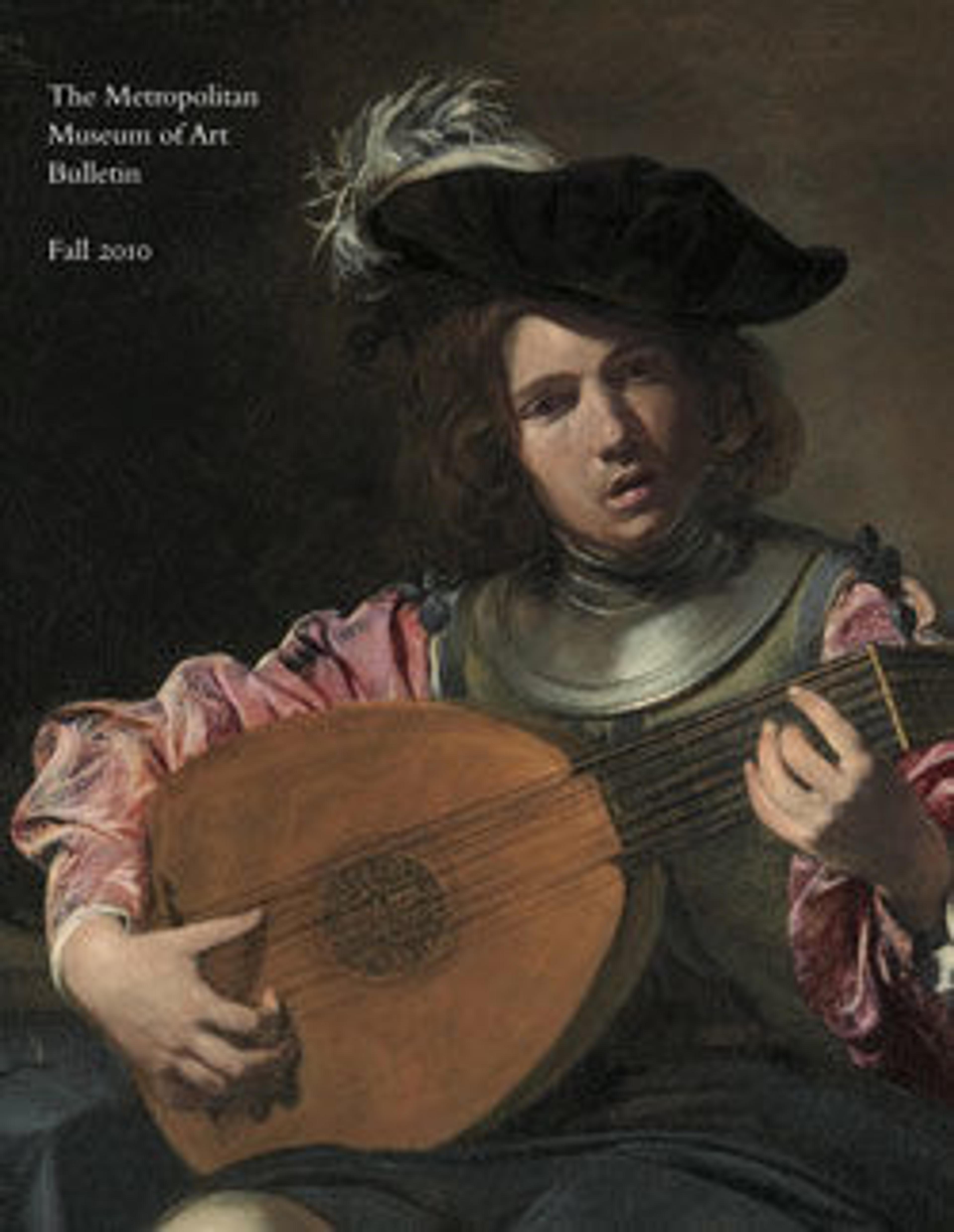Terracotta vase in the form of a ketos (sea monster)
This spirited sculptural vase is among the earliest extant representations of a Greek ketos, or sea monster. The creature has a formidable leonine head with big eyes and a goatee, a striped belly, scales, and two flipperlike fins. With its long, furry ears pressed back and its large, prominent teeth bared, it gestures menacingly. A hole in the top of the head would have been used to fill the vase, and liquid would have poured out through the hole in the tongue between the large fangs. Except for the loss of the end of the body and tail, the vase is remarkably well preserved, with much added red paint on the ears, face, and alternating scales.
The iconography of the Greek ketos was established in the Archaic period (ca. 600–480 B.C.) and remained amazingly consistent for centuries, long into Roman Imperial times. It is one of the creatures that after the conquests of Alexander the Great (r. 331–323 B.C.) traveled to the East, where it appeared in Gandharan art and influenced representations of monsters from Afghanistan to India. The ketos has even been suggested as a partial inspiration for the Chinese dragon.
The iconography of the Greek ketos was established in the Archaic period (ca. 600–480 B.C.) and remained amazingly consistent for centuries, long into Roman Imperial times. It is one of the creatures that after the conquests of Alexander the Great (r. 331–323 B.C.) traveled to the East, where it appeared in Gandharan art and influenced representations of monsters from Afghanistan to India. The ketos has even been suggested as a partial inspiration for the Chinese dragon.
Artwork Details
- Title: Terracotta vase in the form of a ketos (sea monster)
- Period: Archaic
- Date: 2nd half of the 7th century BCE
- Culture: Greek, Cretan or South Italian
- Medium: Terracotta
- Dimensions: Overall: 3 1/16 x 3 15/16 in. (7.7 x 10 cm)
- Classification: Vases
- Credit Line: Gift of Ariel Herrmann, in memory of Brian T. Aitken, 2009
- Object Number: 2009.529
- Curatorial Department: Greek and Roman Art
More Artwork
Research Resources
The Met provides unparalleled resources for research and welcomes an international community of students and scholars. The Met's Open Access API is where creators and researchers can connect to the The Met collection. Open Access data and public domain images are available for unrestricted commercial and noncommercial use without permission or fee.
To request images under copyright and other restrictions, please use this Image Request form.
Feedback
We continue to research and examine historical and cultural context for objects in The Met collection. If you have comments or questions about this object record, please contact us using the form below. The Museum looks forward to receiving your comments.
